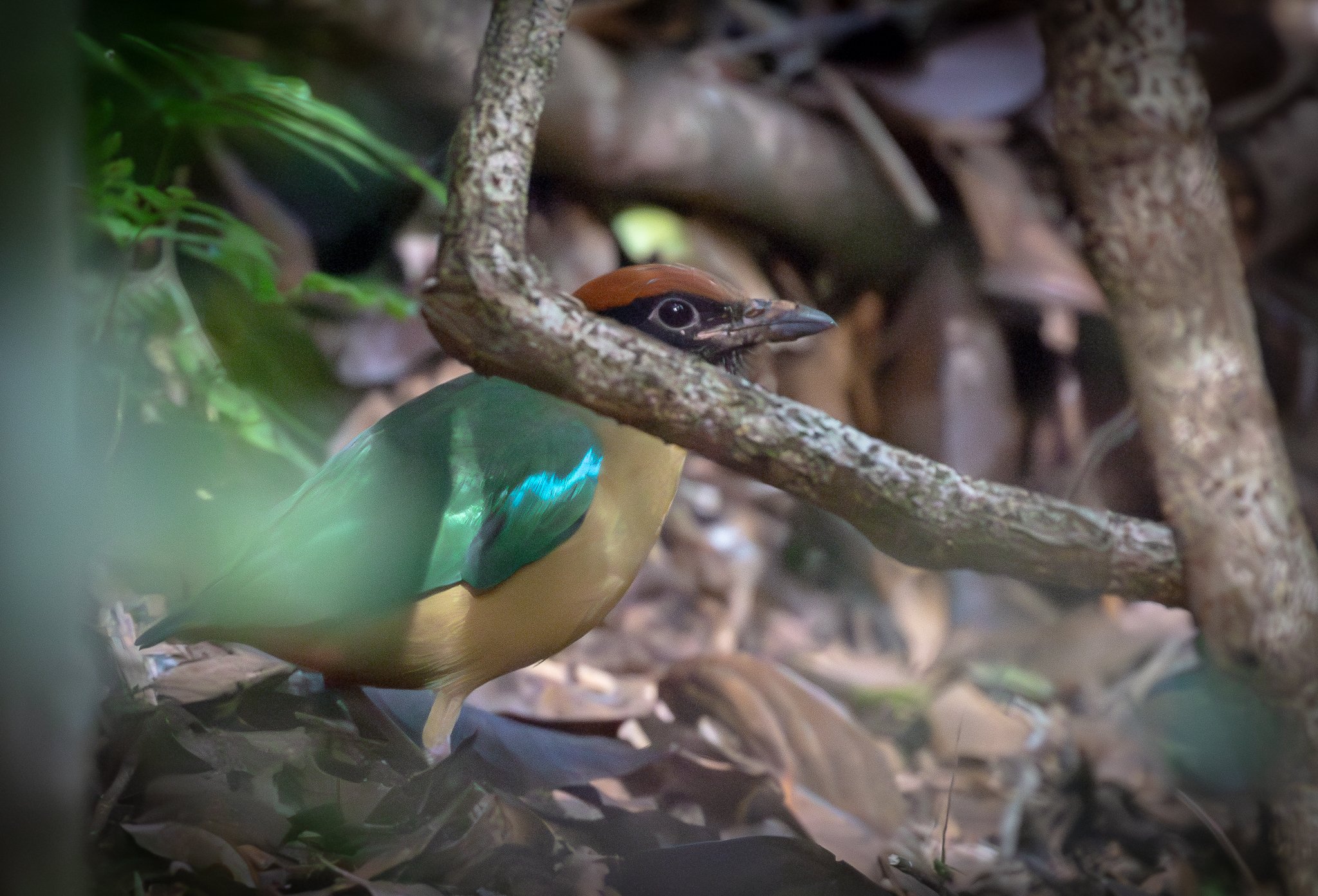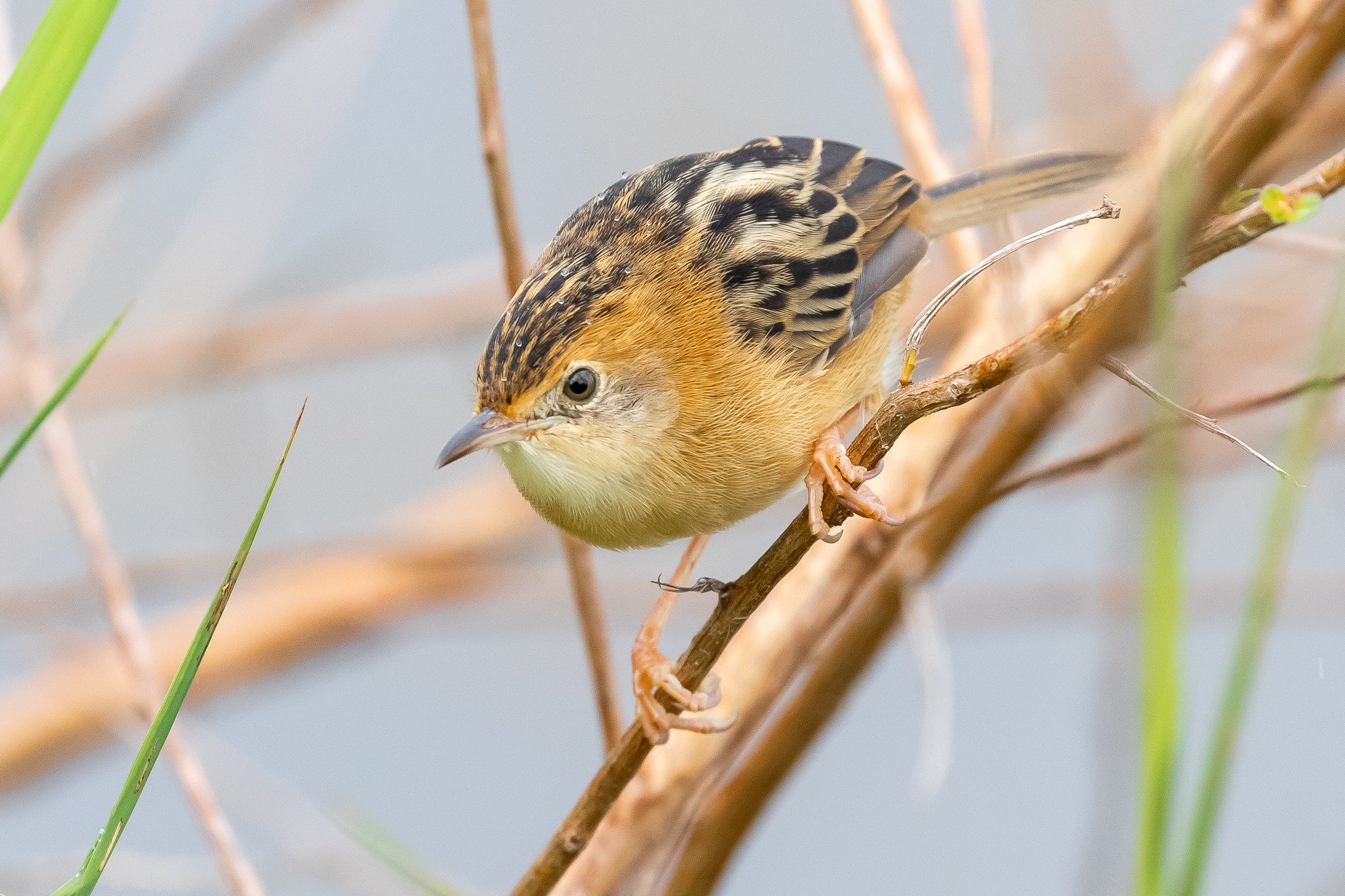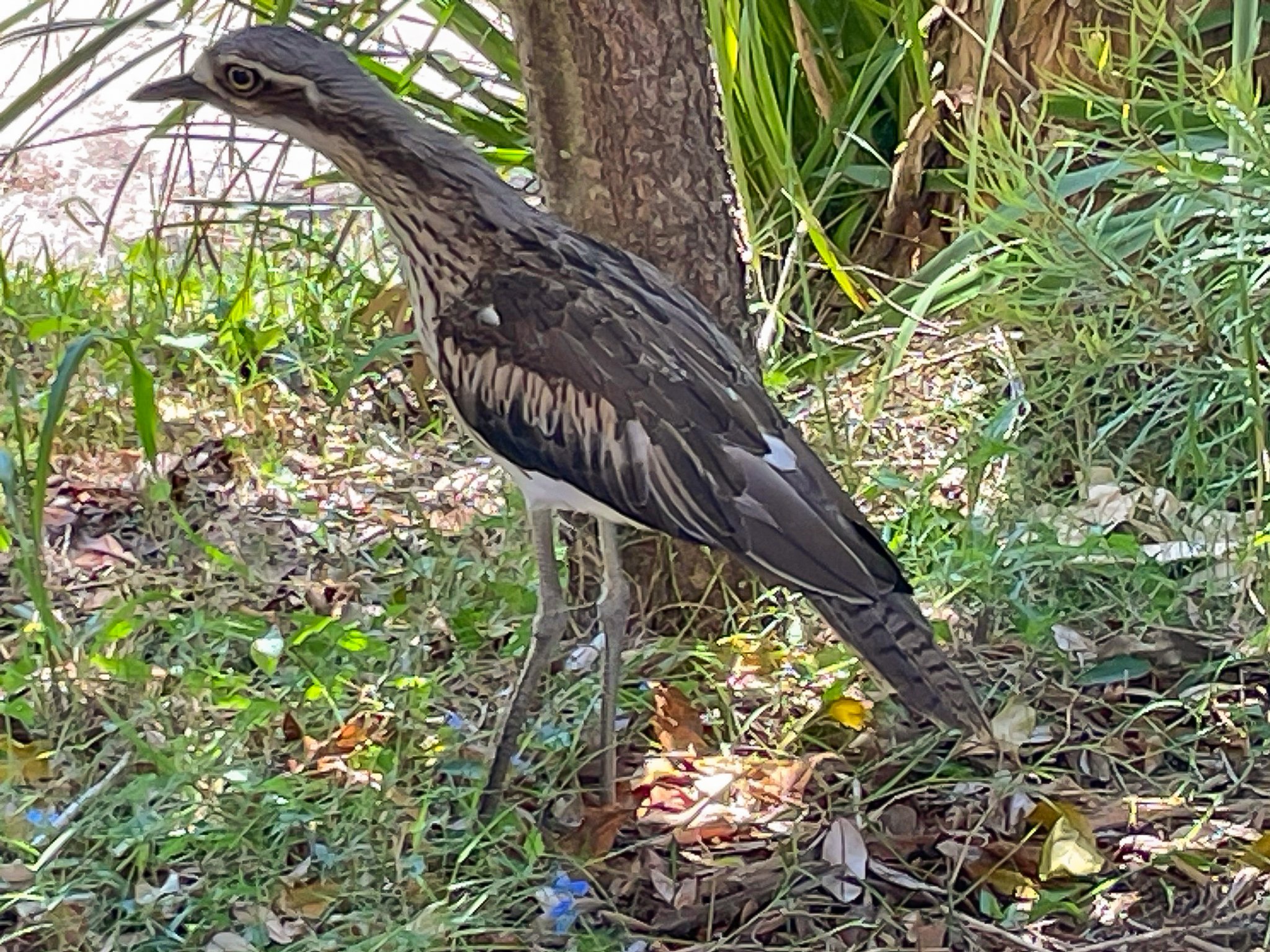Tallow Creek in Suffolk Park, north New South Wales is a hot spot for birds. It also provides a virtual photographer’s backdrop of scenes, settings and lighting with soft light mellowed by the reeds and waters of the creek.
A Golden-headed Cisticola in the reeds at Tallow Creek.
A White-breasted Woodswallow poses at the water’s edge.
This Pied Oystercatcher is a regular at Tallow Beach.
An unusual sight, 250 Little Black Cormorants gather at Tallow Creek.


















































































